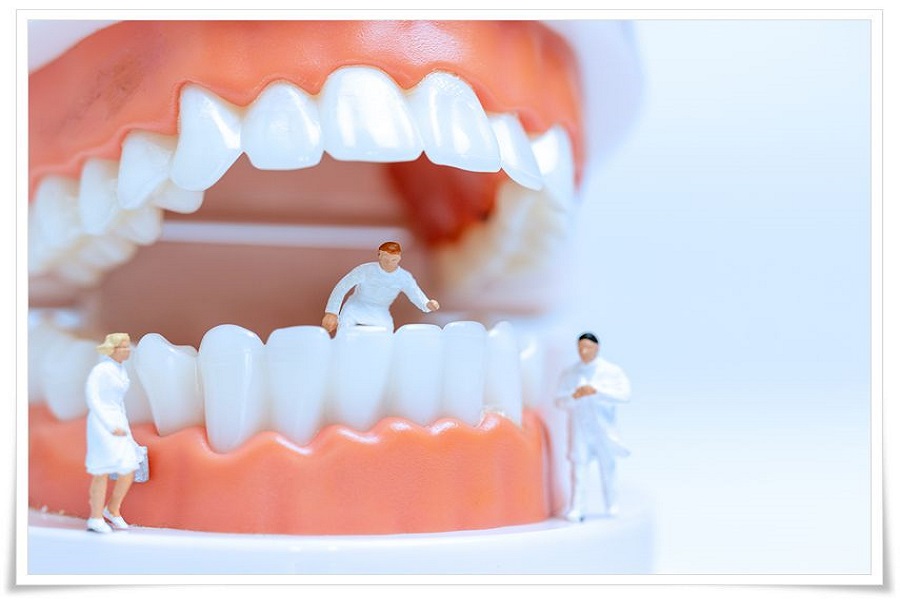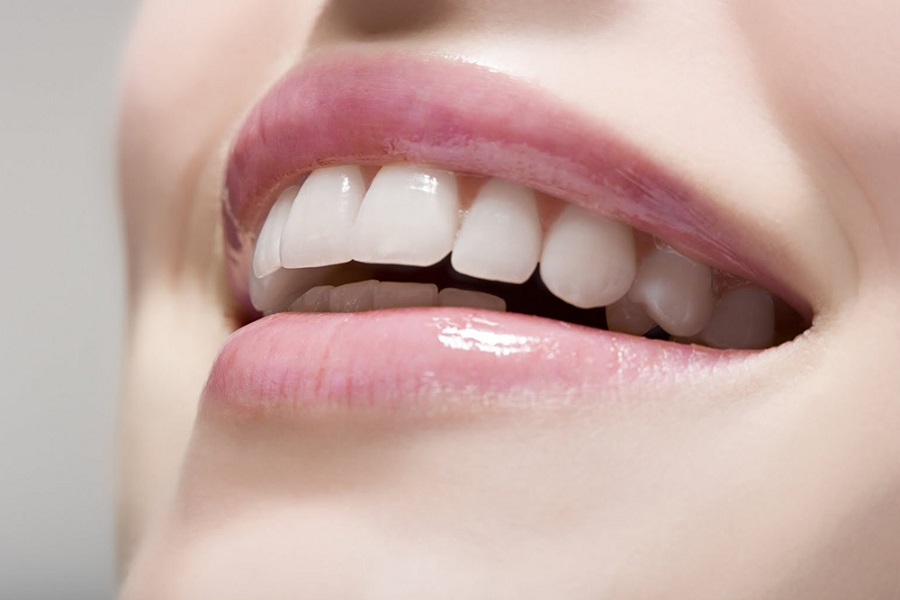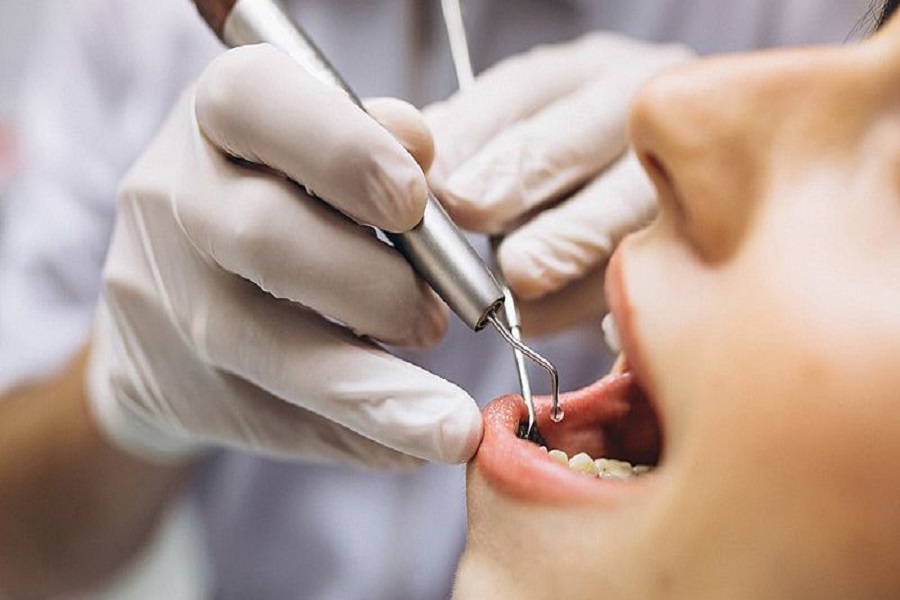Toothaches are mostly caused by gingivitis and periodontitis, dental caries (cavities) or an infection of the pulp (the nerve of the tooth) from a cracked tooth. It is caused by long-term irritation caused by soft tartar and hard tartar formed by food residues and bacteria around the teeth, improper brushing habits, and vitamin deficiency due to lack of attention to oral hygiene.
But a toothache is a toothache, and it is different from other oral diseases. Let’s learn about it together! Toothache identification:
1. Identification with deep caries: They all have deep caries, but deep caries do not have the spontaneous severe pain of acute pulpitis.
2. Identification with papillitis: papillitis may have spontaneous severe pain, but local gingival swelling, tenderness, and even pus, and there is a history of food impaction. There is no pulpitis, pulpitis is sensitive to temperature, while papillitis has no obvious response to temperature stimulation.
3. Differentiation from trigeminal neuralgia: Trigeminal neuralgia generally does not occur at night, temperature changes do not cause pain, and there are many “trigger points”, and the pain interval will not be significantly prolonged or shortened with the development of the disease. The principle of treatment is to preserve the vital pulp or the affected tooth. In emergency treatment, the pulp can be opened for decompression. After rinsing with warm saline, analgesic drugs (such as camphorol, eugenol, or a small cotton ball such as toothache water) are placed in the caries cavity to temporarily relieve the pain. Pain relief, taking anti-inflammatory and analgesics at the same time, 1 to 2 days after the pain is relieved.
Depending on the specific condition of the affected tooth, choose:
1, pulpotomy;
2. Medullary surgery;
3, pulp plastic or root canal treatment. There is no retained value of the tooth, which can be extracted to relieve the patient’s pain and prevent the disease from continuing to spread.




























